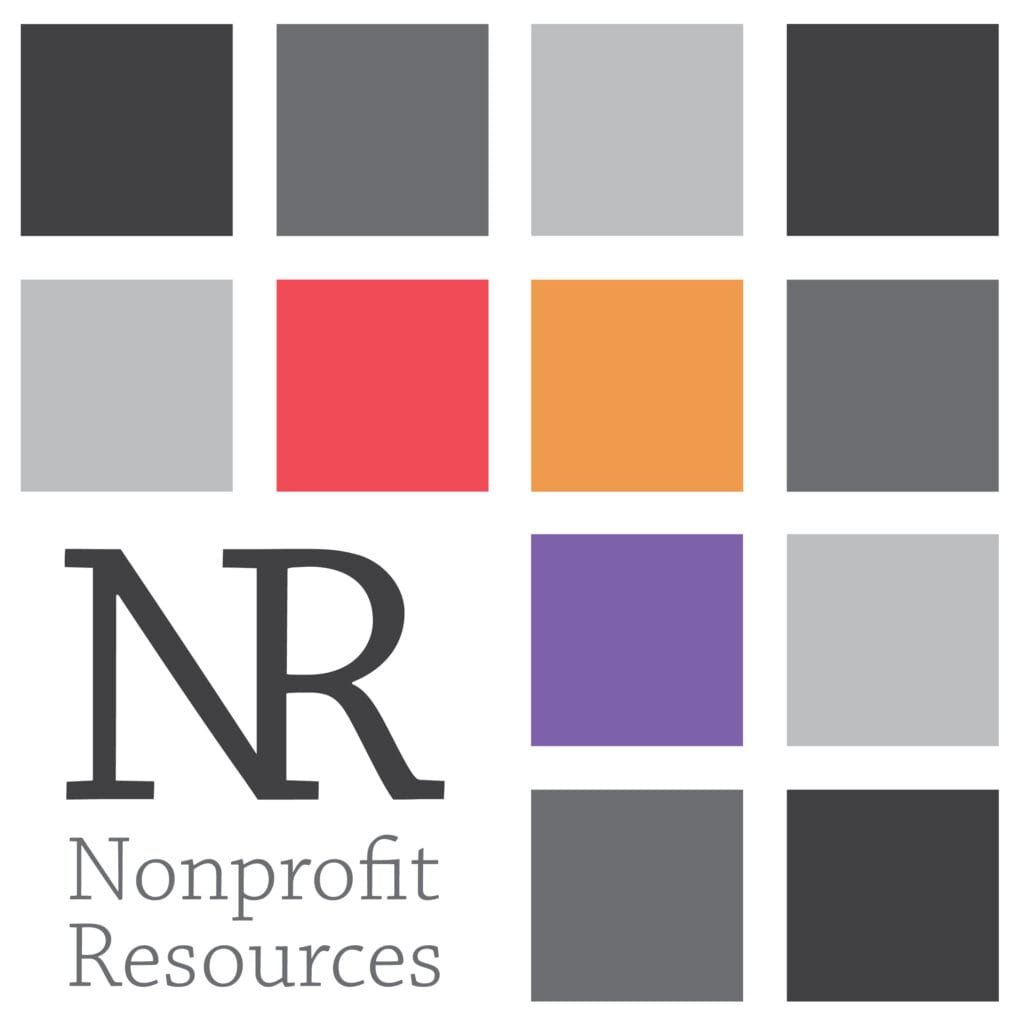No matter your role at a nonprofit, grant writing is a skill that will help your career. Foundations were responsible for $52 billion in funding in 2012, and grants usually make up a big chunk of most organizations’ annual budgets.
Even if you specialize in major gifts or events, it is essential for any fundraiser—including program and other admin staff, who may have to pitch in when necessary—to have this skill.
So how do you get started with your first (or next) proposal? Ask yourself these three questions:
1. What Do I Need?
You would be shocked how many people sit down to write grant proposals solely thinking, OK, we need money. While that is undoubtedly true, you need to know how much money you need and how you intend to spend it.
There are two different kinds of grants: Restricted grants can only be spent on particular programs, while general operating grants can be spent on any organizational expense, including salaries, benefits, and utilities. You should have a sense of which funding is a priority for your organization and have budget information available to you before you start typing up that proposal.
You should also know how this funding will affect your organization. If you get a grant, will that mean that you can expand the programming? Or will it mean that you can continue with your current programming? Is there a crisis this funding would help you prevent? Knowing the answers to these questions will help you define your pitch and identify prospective funders more effectively.
2. Why Should Anyone Care?
To secure funding, you need to argue that your organization is doing work that really matters to your clients and to the outside community. In grants parlance, this is called the “case statement.”
For instance, if you are working on a youth nutrition program, you may want to talk about how healthy eating improves kids’ grades or that that unhealthy habits in childhood usually carry over to adulthood. Bring in data from outside research institutions or from the program history that prove that your approach is sound.
Remember, the competition is stiff, so make sure that you make it clear how your organization is making a unique contribution to the field.
3. What Does the Funder Need?
Now that you’ve figured out the case that you need to make, you need to figure out the needs of other half of the equation: the funder. Luckily, most foundations these days have websites where they clearly explain their guidelines for each grant and outline the questions they want you to answer.
If they don’t, check out the other organizations they’ve funded in the past (you can find that info on their 990 forms) or any press they’ve received regarding their mission. And if what they’re looking for doesn’t match what you need, move on. Don’t waste your—or the funder’s—time with pitching a project that they don’t care about.
Even if the application doesn’t require it, I usually draft a short paragraph clearly outlining how my program and the foundation’s priorities line up. I mimic their language to make sure it feels right to me. For instance, my organization might refer to our clients as “independent seniors,” while the foundation refers to them as “an active aging population”—that’s fine. But if they use language like “vulnerable elderly,” that doesn’t accurately describe our clients, even if we are technically talking about the same age group.
When you approach it the right way, grant writing can be an incredibly useful skill to have in your repertoire. Even if you don’t lead fundraising activities, asking these three questions as you work on a grant with a team will set you apart from the rest of the participants, who are only worried about their piece of the puzzle. Securing funding and giving your career a boost? That’s a win-win.
This article was originally posted on The Muse by Rebecca Andruszka.



0 Comments